Thigh liposuction surgery may lead to risks such as uneven skin, infection, and blood clots, and should be carefully selected. Thigh liposuction is a method of removing local fat through surgery, but it is not entirely safe. Common hazards include postoperative skin unevenness, infection, thrombosis, anesthesia risk, and discomfort during the postoperative recovery period. Choosing a reputable hospital and experienced doctors can reduce risks, while postoperative care is also crucial.

1. Uneven skin: After thigh liposuction, some patients may experience uneven skin surfaces. This is usually due to uneven fat removal or insufficient skin elasticity after surgery. To avoid this problem, experienced postoperative massage or wearing shapewear should be chosen before surgery to help the skin regain its smoothness.
2. Risk of infection: There is a possibility of infection in any surgery, and thigh liposuction is no exception. Improper postoperative wound care or incomplete disinfection may lead to bacterial infection. To prevent infection, it is necessary to strictly follow the doctor's nursing advice after surgery, keep the wound clean and dry, and use antibiotics if necessary.
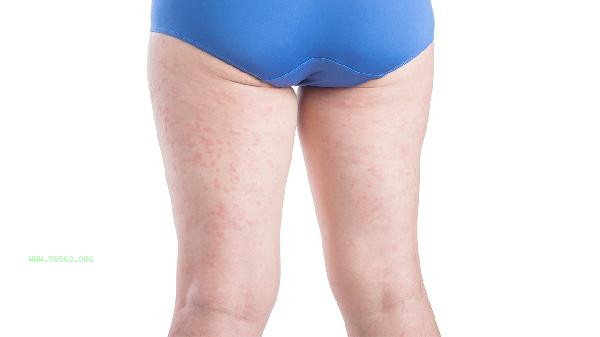
3. Thrombosis: Long term bed rest after thigh liposuction may lead to venous thrombosis in the lower limbs. Once the thrombus falls off, it may cause serious complications such as pulmonary embolism. After surgery, it is advisable to get out of bed as early as possible to promote blood circulation and use anticoagulant drugs if necessary.
4. Anesthesia risk: Thigh liposuction usually requires general anesthesia or local anesthesia, and anesthesia itself carries certain risks, such as allergic reactions, respiratory depression, etc. Before surgery, it is necessary to communicate fully with the anesthesiologist, understand one's own health condition, and choose a suitable anesthesia method.
5. Postoperative discomfort during recovery period: After thigh liposuction, patients may experience discomfort symptoms such as swelling, pain, and bruising. These symptoms usually gradually subside within a few weeks. To alleviate discomfort, postoperative ice packs, painkillers can be taken appropriately, and vigorous exercise should be avoided. Although thigh liposuction surgery can quickly improve leg line, the potential risks cannot be ignored. Choosing a reputable medical institution, having extensive experience, and strictly following postoperative care recommendations are key to reducing surgical risks. At the same time, before surgery, it is necessary to fully understand the potential hazards of the surgery, weigh the pros and cons before making a decision. For those who pursue healthy weight loss, it is recommended to prioritize safer methods such as diet control and exercise.
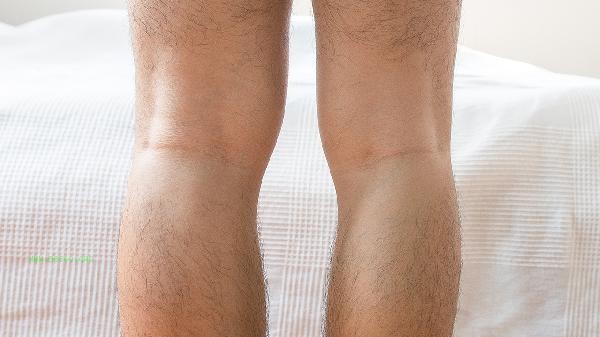

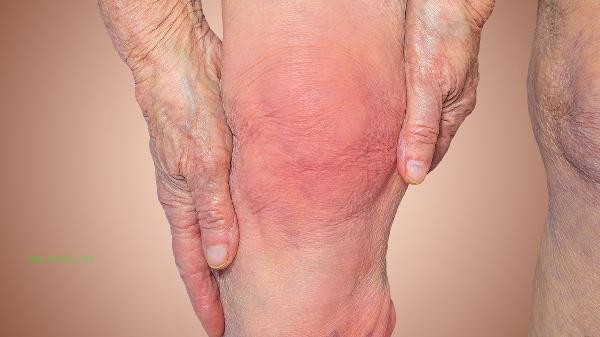

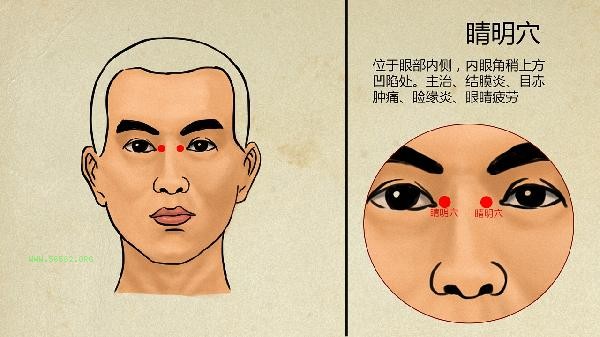

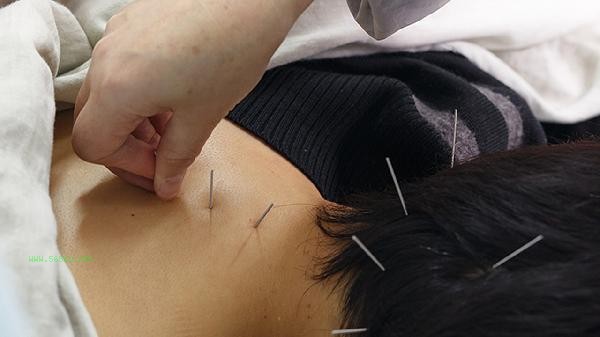


Comments (0)
Leave a Comment
No comments yet
Be the first to share your thoughts!